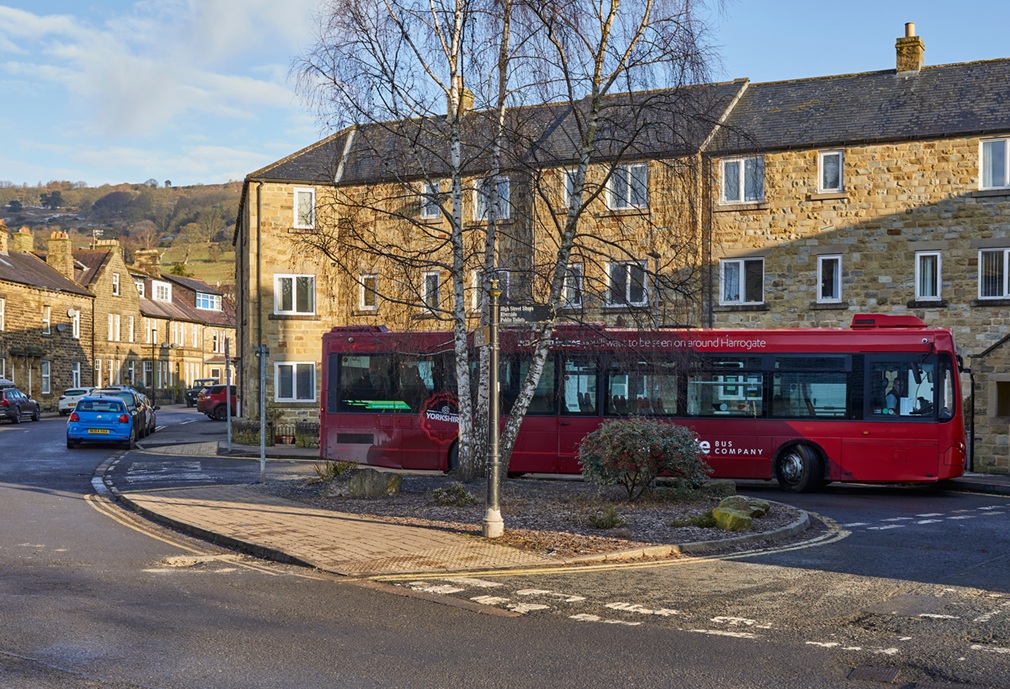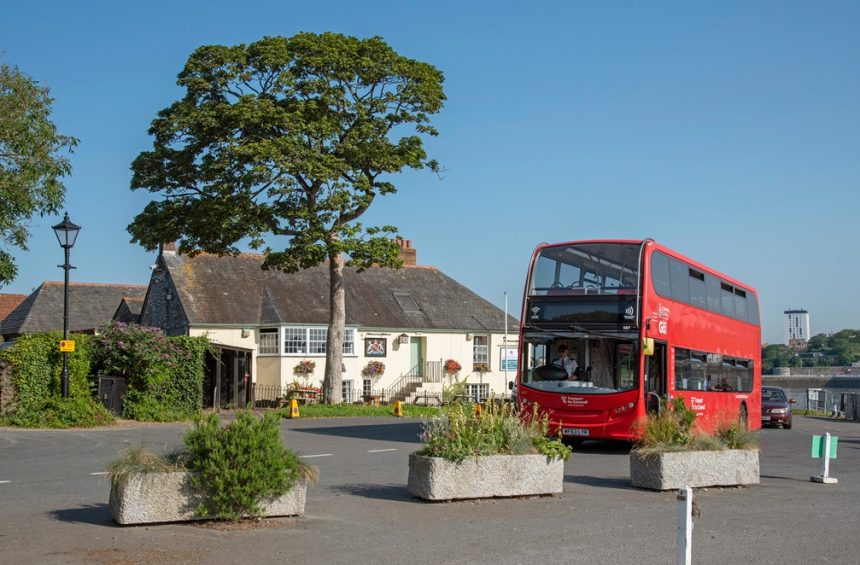Average funding per capita for bus services in county and rural council areas in England since 2022 is little more than half of that in cities and large towns, analysis by the County Councils Network (CCN) has shown.
Across five separate tranches of money, county and rural councils in England received an average of £31 per person compared to £58 for authorities covering large towns and cities.
That sits alongside a loss of 18% of vehicle miles on bus services in county and rural areas between 2019 and 2024 compared to a 16% fall in cities and large towns. CCN is seeking a rebalancing of bus funding allocations to support services in rural areas and warns that if it is not forthcoming, bus users in them “will continue to be let down.”
Between 2022 and 2024 the mileage trend shifted. 4.3% of bus miles were lost in rural and county areas compared to 7% in urban locations, according to the Network’s analysis. That coincided with release of funding facilitated by the National Bus Strategy, which while not fully arresting the decline in mileage, drove patronage in county areas, the Network says.
CCN highlights several large contrasts in per capita allocations. Portsmouth City Council has received £252 per person for bus improvements, but adjacent Hampshire County Council has gained just £14. Stoke-on-Trent City Council has been allocated £157 per head but Staffordshire County Council received £20.
CCN represents 20 county councils and 17 unitary authorities in England, capturing 47% of the country’s population. It has used the government’s most recent annual bus statistics to calculate service levels.
In noting a decline in rural bus services, the Network notes how that fall in mileage sits alongside promises of “a bus revolution” in England. It is thus calling on the government to “prioritise funding of buses in county and rural areas” in future allocations.
Unless more focus is put on such routes, the Network believes that they will remain in a state of managed decline. It says that with many authorities having “significant shortfalls” in their transport budgets, they “are increasingly reliant on central government funds to improve existing services or create new routes.”

CCN adds that where funding has been received, it has been put to good use. In county areas, the Network claims that bus passenger journeys increased by 32% since distribution of National Bus Strategy funding started in 2022.
“This is the highest increase in England, showing that the investment in county and unitary councils is working,” it says.
Transport Spokesperson Cllr Peter Thornton adds: “There is clear demand for county buses, and for many rural areas and smaller towns, they are a lifeline rather than a luxury.”
Notably, the representative body adds that while proposed reforms via the Bus Services (No.2) Bill, including expansion of franchising powers, may be useful for some areas, they “tinker around the edges” of what is really required – which is a greater proportion of bus funding for rural and county locations.
“Further announcements such as asking local authorities to identify socially necessary local routes and asking them to protect these services show that government understands the issues faced by local areas,” CCN continues. “But an increase in funding will be needed for councils to effectively protect routes.”



























